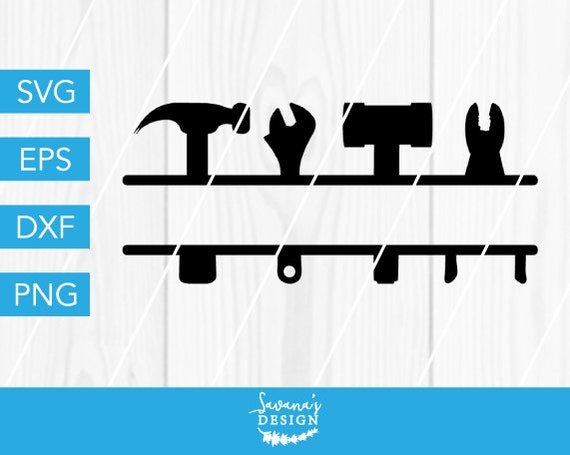2021 is the time to use the power of new technologies and tools to scale your development business. If you have not used the amazing features of SVG files in your interface, unleash the power of Scalable Vector Graphics now. SVG Shape Generator is a free tool made by Softr for creating random organic-looking shapes that can be used to add a nice touch to your landing page design, video thumbnail, social media banner, or any other visual. It can be really useful if you don’t have the design skills to create custom graphics but want to come up with something unique. Aug 08, 2020 Sketsa SVG Editor is a free cross-platform SVG drawing application. It includes multiple tools for content creation, allowing you to easily draw, manipulate and edit objects. It also includes a source editor with syntax highlighting. This lets you view and edit the underlying SVG XML source code for maximum control.

Now that we covered the basics of the SVG internals, we will take a look at some tools to work with SVG files.
Browser support
As of Internet Explorer 9, all major browsers support SVG: IE 9, Mozilla Firefox, Safari, Google Chrome and Opera. Mobile devices with Webkit-based browsers also support SVG. On older or smaller devices, chances are that SVG Tiny is supported.
Inkscape
URL: www.inkscape.org
One of the most important tools for a graphics format is a decent drawing program. Inkscape offers state-of-the-art vector drawing, and it's open source.
Moreover, it uses SVG as its native file format. To store Inkscape specific data, it extends the SVG file with elements and attributes in a custom namespace, but you can also choose to export as plain SVG.
Adobe Illustrator
URL: www.adobe.com/products/illustrator/
Before Adobe acquired Macromedia, it was the most prominent promoter of SVG. From this time stems the good support of SVG in Illustrator. However, the resulting SVG often shows some quirks, that make it necessary to post-process it for general applicability.
Apache Batik
URL: xmlgraphics.apache.org/batik/
Batik is a set of open source tools under the roof of the Apache Software Foundation. The toolkit is written in Java and offers almost complete SVG 1.1 support, as well as some features that were originally planned for SVG 1.2.
Svgtools Promo Code
Batik offers a viewer (Squiggle), a rasterizer for PNG output, an SVG pretty printer to format SVG files, and a TrueType-to-SVG-Font converter.
Together with Apache FOP Batik can transform SVG to PDF.
Other renderers
Several projects exist that can create a raster image from an SVG source. ImageMagick is one of the most famous command-line image processing tools. The Gnome library rsvg is used by the Wikipedia to raster their SVG graphics. Usage of headless browsers such as SlimerJS and PhantomJS are also popular for this purpose, as the image produced is closer to what the SVG will look like in the browser.
Raphael JS
URL: raphaeljs.com
This is a JavaScript library, that acts as an abstraction layer between browser implementations. Notably older versions of Internet Explorer are supported by generating VML, a vector markup language, that is one of two ancestors of SVG and exists since IE 5.5.
Snap.svg
URL: snapsvg.io
A newer JavaScript abstraction layer from the same author of Raphael JS. Snap.svg is designed for modern browsers and therefore supports the newest SVG features like masking, clipping, patterns, full gradients, groups. It does not support the older browsers that Raphael does.
Google Docs
URL: www.google.com/google-d-s/drawings/
Drawings from Google Docs can be exported as SVG.
Science
The well-known plotting tools xfig and gnuplot both support exporting as SVG. To render graphs on the web JSXGraph supports VML, SVG and canvas, automatically deciding which technology to use based on browser capabilities.
Online Svg Tools For Silhouette
In GIS (Geographic Information System) applications SVG is often used as both storage and rendering format. See carto.net for details.
More tools!

The W3C offers a list of programs that support SVG.
Getting Started with SVG
Scalable Vector Graphics (SVG) are an XML-based markup language for describing two-dimensional based vector graphics. As such, it's a text-based, open Web standard for describing images that can be rendered cleanly at any size and are designed specifically to work well with other web standards including CSS, DOM, JavaScript, and SMIL. SVG is, essentially, to graphics what HTML is to text.
SVG images and their related behaviors are defined in XML text files, which means they can be searched, indexed, scripted, and compressed. Additionally, this means they can be created and edited with any text editor or with drawing software.
Compared to classic bitmapped image formats such as JPEG or PNG, SVG-format vector images can be rendered at any size without loss of quality and can be easily localized by updating the text within them, without the need of a graphical editor to do so. With proper libraries, SVG files can even be localized on-the-fly.
SVG has been developed by the World Wide Web Consortium (W3C) since 1999.
See also, SVG Tutorial
Documentation
- SVG element reference
- Details about each SVG element.
- SVG attribute reference
- Details about each SVG attribute.
- SVG DOM interface reference
- Details about the SVG DOM API, for interaction with JavaScript.
- Applying SVG effects to HTML content
- SVG works together with HTML, CSS and JavaScript. Use SVG to enhance a regular HTML page or web application.
Tools
Svg Tools Windows

Svg Tools Coupon
Examples
Svg Toolkit
- D3 (JavaScript library for visualizing data with HTML, SVG, and CSS)